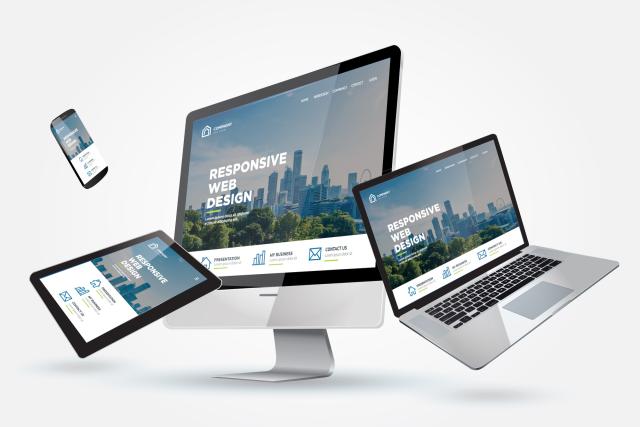
Did you know that there are more than a billion websites worldwide? That’s a staggering number to compete with. The digital landscape is a whole new, different world, with your website serving as a ‘home’ page where people settle down or roam around. But as time goes by, you notice that the online realm has developed. Despite being functional, you’ve reached the point where you’re wondering whether it’s time to redesign your place.
This article aims to provide insights into recognizing the telltale signs that it's time to initiate a website redesign. By looking into these key considerations, you'll better understand when a website revamp is necessary to align with the ever-changing demands of your target audience.
When user experience (UX) and functionality suffer
A website that poses challenges in navigation or hinders visitors from accessing crucial information, subscribing to newsletters, submitting inquiries through contact forms, or completing purchases raises a glaring red flag, signaling the need for a comprehensive upgrade.
If you're noticing high bounce rates, low engagement, or frustration from users, it could be a sign that your website's design isn’t meeting their expectations. A webdesign Tucson expert or one from your area can help your business thrive and grow by providing a well-designed site and tailoring it to meet your requirements, enhancing the platform you already have.
An intuitive and thoughtfully designed navigation system is paramount because it empowers users to seamlessly explore the website, locate their desired content, and effortlessly execute intended actions. As technologies evolve, your website should adapt to accommodate new features, faster loading times, and responsive design for various devices.
When your brand identity or visual appeal changes
Statistics reveal that 94% of a business’s first impression is based on its web design. This underscores the importance of companies placing a strong emphasis on revamping their websites’ design to effectively align with the evolving demands and anticipations of their consumer base. Doing so reinforces and solidifies your brand's distinctive identity.
Moreover, visual aesthetics carries immense weight in the realm of websites. If your site's appearance resembles those from the early 2010s, then it’s an unmistakable signal that a comprehensive redesign is needed. Design trends have undergone a transformative evolution, focusing on clean, user-centric, and visually captivating layouts.
In addition, be on the lookout for telltale indicators such as color palettes that diverge from current trends, a lack of cohesion in the font selections, and poorly structured page layouts. Also, if your brand had a significant change such as a new logo, color scheme, or messaging, it's time to update your website to maintain consistency across all touchpoints.
Your website is an extension of your brand. Its design should reflect your company's identity and values.
When conversion rates and sales performance decline
The central objective of websites revolves around transforming visitors into customers, leads, or subscribers. But if your online platform is falling short of achieving these conversion goals, it can be a signal that redesign is on the horizon. By redesigning, you can effectively streamline the user journey, enhance the call-to-action elements, and drive an uptick in conversion rates.
Conduct an analysis of your website's conversion rates throughout the years to provide valuable insights into its efficacy. Suppose you observe an underwhelming trend wherein the platform's ability to transform visitors into leads or paying customers is declining. In that case, it may indicate that a website overhaul should be done.
By closely monitoring and evaluating the conversion metrics across multiple timelines, you can identify patterns and pinpoint where the site's performance began to falter.
When mobile experience suffers
Given that a significant portion of website traffic originates from mobile devices, ensuring an optimized mobile experience is necessary. Failure to prioritize mobile responsiveness essentially translates to neglecting a fraction of your potential audience. Mobile optimization goes beyond a checkbox—it’s a commitment to delivering a seamless and consistent user experience across various screen sizes.
When loading times are slow
One of the most significant pain points prospective customers encounter is sluggish website performance, characterized by prolonged page load times. Modern users have a limited attention span and little tolerance for websites that fail to deliver a snappy and responsive experience. They expect a seamless and swift process, whether completing a purchase or submitting a form, measured in seconds rather than minutes.
Websites with slow loading times risk leaving an unfavorable impression on visitors, potentially driving them to seek alternatives. Moreover, slow website performance can also impact search engine rankings as page speed is a crucial factor considered by search algorithms.
Conclusion
It’s crucial to understand that your website should evolve proportionally with your business’s growth, reflecting its commitment to delivering exceptional user experience. Embracing a proactive approach to website redesign enhances your digital presence and demonstrates your dedication to innovation, adaptability, and a customer-centric mindset. This fosters trust, engagement, and long-term success in the ever-evolving digital landscape.






